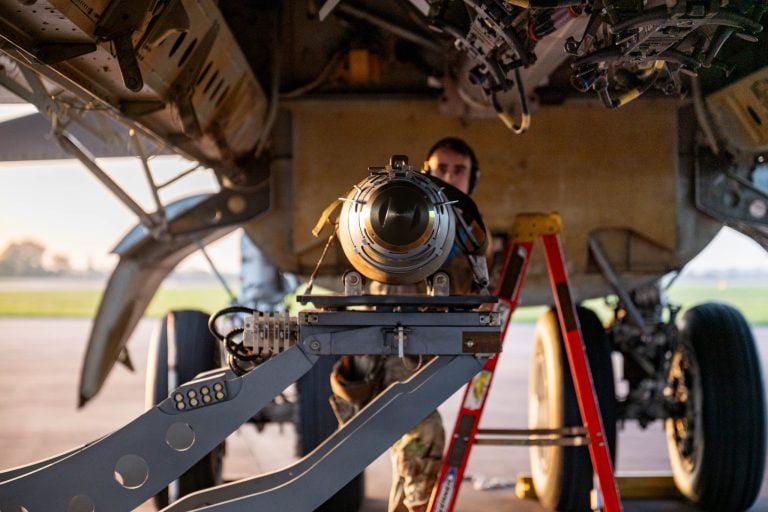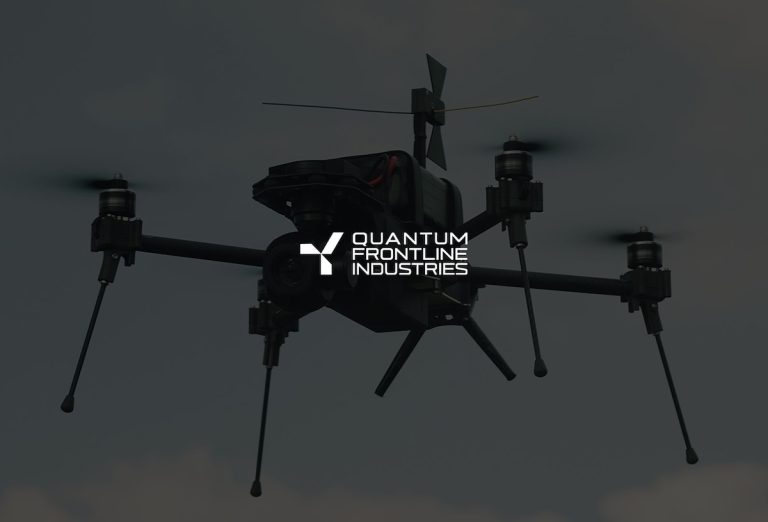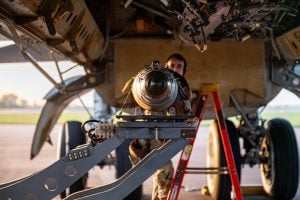On December 12, 2024, excitement filled the air at Cape Canaveral Space Force Station as the U.S. Army prepared for a pivotal event in its Long-Range Hypersonic Weapon (LRHW) program. The massive Transporter Erector Launcher hitched to an M983 tactical truck positioned a canister nearly vertical, holding within it a system that had weathered its share of challenges and setbacks. This moment was dubbed the “Canaveral Gambit,” intended to demonstrate that the Army’s flagship ground-launched hypersonic technology had surmounted previous difficulties that had delayed its progress.
As the missile ignited and soared eastward over the Atlantic, the event was more than just a show of power; it marked an essential “end-to-end” live-fire event that successfully integrated the mobile launcher with the Battery Operations Center in a real-world operational setup. Witnesses captured breathtaking images of the missile’s ascent and the critical separation of its first-stage booster, a significant milestone in its flight profile.
The successful launch stood in stark contrast to the program’s troublesome history. Throughout 2023, the LRHW had been forcibly grounded, as a scheduled launch in March and another in September were scrubbed due to pre-flight checks. The Army attributed these setbacks not to the missile itself but to mechanical engineering issues related to the launcher produced by Lockheed Martin. These delays, combined with earlier booster failures in 2021 and 2022, caused the Army to acknowledge its failure to meet its ambitious goal of deploying the system by the fiscal year 2023’s end, fueling concerns that the U.S. was lagging behind rivals like Russia and China.
However, the December 2024 launch shifted this narrative. It confirmed the legitimacy of not just the missile but the entire ground-based infrastructure that would make it a viable threat on the battlefield. The timing was strategic, leading to the official christening of the weapon as “Dark Eagle” on April 24, 2025. This nomenclature was laden with symbolism: “Dark” represented its capacity to “disintegrate adversary capabilities,” while “Eagle” referenced a master predator, aligning with the system’s intended attributes of speed, accuracy, maneuverability, and survivability.
Patrick Mason, a senior Army acquisition official, emphasized the deterrent capabilities of hypersonic weapons, stating, “Their speed, accuracy, and versatility enhance deterrence by complicating adversaries’ decision-making.”
The achievement of December served as a resounding signal to both allies and adversaries alike, particularly following years of visible struggles that had stoked perceptions of a so-called “hypersonic gap” with adversaries like Russia and China, who had already operationalized their own hypersonic systems. Though a June 2024 test in Hawaii had demonstrated the missile’s capabilities, launching from a fixed test stand, the successful December flight from a fully operational mobile launcher sealed the deal, proving that the U.S. had not only conceived a hypersonic weapon but could also deploy it effectively.
The Dark Eagle operates as a hypersonic boost-glide vehicle, a revolutionary class of weapon that changes long-range strike dynamics fundamentally. Unlike traditional ballistic missiles that follow a predictable parabolic arc, Dark Eagle flies a flatter trajectory within the atmosphere, significantly enhancing its unpredictability.
This weapon system features a two-part launch sequence: a solid-fuel rocket booster propels it to speeds exceeding Mach 5, after which the payload—a wedge-shaped vehicle called the Common Hypersonic Glide Body (C-HGB)—is released into a glide that can exhibit complex maneuverability. This unique flight path makes it an elusive target for current air and missile defense systems, as they often struggle to intercept a rapidly changing trajectory arriving within minutes.
The C-HGB, designed through decades of research, is central to the weapon’s capabilities. As a kinetic energy projectile, it employs its incredible speed to obliterate targets upon impact without needing an explosive payload, mitigating the risk of collateral damage. The guidance and thermal protection systems built into the C-HGB further enhance its operational effectiveness at hypersonic speeds.
The Dark Eagle system integrates three major components: the glide body for payload delivery, a powerful rocket booster, and a mobile launch system designed for operational flexibility. This launcher, a Transporter Erector Launcher, enables troops to deploy quickly, fire its missiles, and shift positions, thereby complicating enemy targeting efforts.
The story of the Dark Eagle has been one of tenacity, perseverance, and technological innovation. Its origins can be traced back to the Conventional Prompt Global Strike initiative from the early 2000s, evolving from earlier experimental programs that faced numerous challenges. Starting in 2019, the current LRHW program was hurriedly accelerated due to growing hypersonic capabilities from competitors, leading to ambitious timelines often hampered by technical failures.
The new era of the program, defined as its juvenile stage, has seen gradual triumphs since 2024, fundamentally reshaping its approach to testing. Moving beyond a frantic rush to launch, the Army focused on refining its components through meticulous, systematic testing. This strategic pivot ultimately culminated in the successful December test.
The strategic rationale for developing Dark Eagle reflects a critical response to the increasing threat posed by advanced hypersonic systems from rivals like China and Russia. With their operational systems already deployed, such as China’s DF-17 and Russia’s Avangard, the U.S. recognizes the urgent need for comparable capabilities. Not only does Dark Eagle serve as a vital deterrent, but it aims to dismantle Anti-Access/Area Denial (A2/AD) strategies employed by adversaries, facilitating the movements and operations of U.S. forces.
Despite its successful testing, the Dark Eagle program raises concerns regarding cost and performance. The financial inputs for the hypersonic program have soared, with projections indicating exorbitant costs associated with missile production and future modifications. Additionally, uncertainty remains about its effectiveness in combat, as extensive testing and real-world scenarios are needed to assure its reliability and operational capability.
The Army is planning to deploy the first battery of Dark Eagle missiles by the end of fiscal year 2025, with ongoing initiatives for additional batteries to follow. As the U.S. continues to innovate in hypersonic technology, the Dark Eagle stands as a potent symbol of both American ambition and the serious dilemmas posed by hypersonic warfare on the global stage. The unfolding trajectory of the Dark Eagle will play a crucial role in shaping modern defense strategies and responses to an increasingly volatile international environment.



















